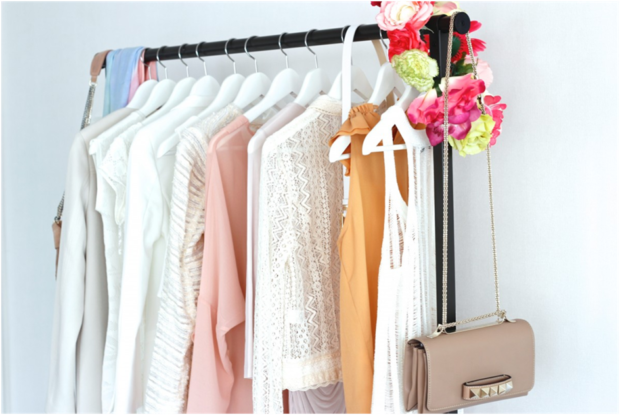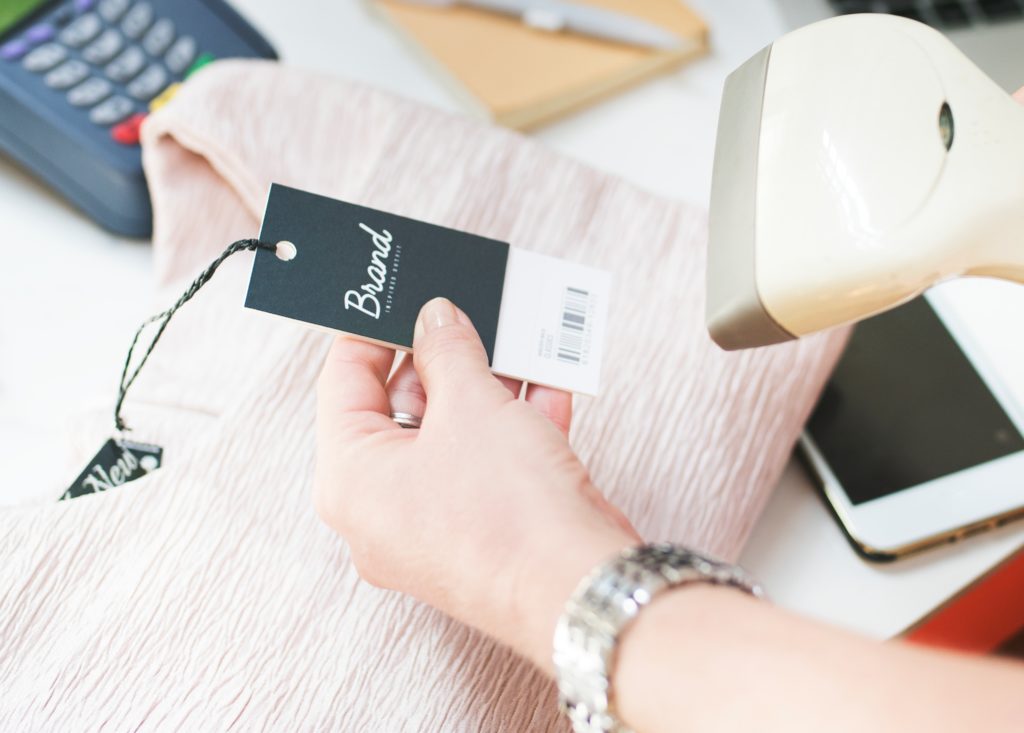Growing Your Wardrobe: Tips for Getting it Right

Whether you have a shopping addiction or are just trying to grow your wardrobe, looking for the best items to add often starts and ends with price. The old question of quantity versus quality comes to mind. In addition, there’s brand name versus just another product, knock off versus genuine. Faux? Real? For sure, shopping to create a quality wardrobe can be challenging!
Do you prefer the “real deal,” or are look alike copies perfectly okay? Do you shop at exclusive stores, or are you a dedicated bargain hunter? How you shop is going to have as large an impact on your wardrobe as your budget. Here’s our thoughts on whether or not to go for quality fashion, or a bigger savings account. And no, we won’t even consider the option of a closet full of low quality clothing items and a zero balance!
Seeking Value
We’ve all seen the item tags that boldly proclaim “great value.” At one major chain retailer, that’s even a recognized part of their marketing. But what is value? There’s much more to determining “value” than simply price. Quality, durability, and Utility are all important factors, too.
“The bitterness of poor quality remains long after the sweetness of low price is forgotten.”
Ben Franklin
Long term value gets our vote for a sensible way to shop. Sure, look at the price tag, but look beyond it to determine real value.
Durability
How many times have you spent your hard earned dollars on that great deal only to have it fail or fall apart so soon you almost feel duped? The money is gone, and you have little or nothing to show for it.
Reality is that similar items that are more durable simply cost more to manufacture. So of course they’ll cost you more to purchase. But they’ll also still be in your closet, and likely among your favorites, long after the more cheaply made items are gone.

Quality
When it comes to growing a wardrobe, determining quality is not all that difficult. Here’s what to look for:
- Seams. There should be no gaps. Stitching should be even, straight, and uniform.
- Pattern. Patterns will match in at minimum all visible areas.
- Material. Look for natural fabric as an indicator of top quality. That’s going to be cotton, wool, and silk, for the most part. While today’s synthetics are much improved, higher synthetic content is usually indicative of lower quality.
- Buttons and Zippers. These should all be perfectly placed and finished, and should function with ease.
- Lining. Lining in pants and jackets will be present in higher quality garments.
- Overall Workmanship. Run your eyes and hands over the entire item. The look and feel should be discernably better than typical lower quality clothing.
- Brands. Luxury brands, such as Louis Vuitton, Chanel, or Celine, are of dependable good quality. Off brands may or may not be.
Feel
After all the above is considered, don’t forget to pay attention to the feel. Having a great piece of clothing that doesn’t “feel right” will just result in the item remaining in your closet, seldom worn. A great wardrobe will make you feel great when you wear it. And some items, such as shoes for example, that feel good and fit well can be part of taking good care of your body.
Bottom Line
I remember the first time I tried on a pair of really high quality pants. The fit and feel were noticeable different. The material felt luxurious against the skin of my legs. And the well tailored look was unmistakable. So my take is simply this. Go for quality. Take Ben’s advice. Your future self will thank you. And check out these tips from Ms Career Girl on building your wardrobe on a budget.

